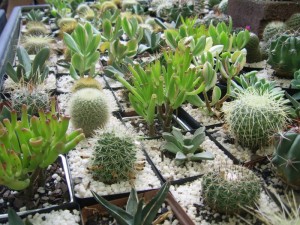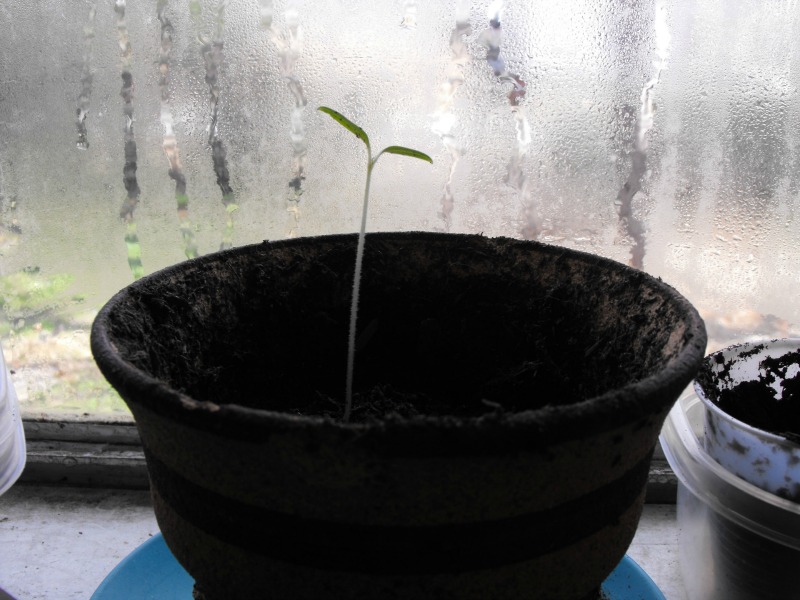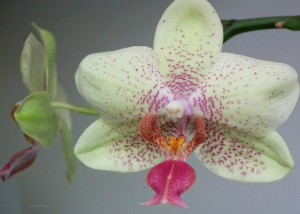Indoor plants can be a lot of fun to grow, and give you the chance to try out your green thumb on plants that usually grow in a very different environment than your locality. Cacti, succulents, orchids, and ferns are some typical indoor plants, and each has their own growing schedule, rules, and quirks.
Cacti & Succulents
In general, cacti and succulents have the same basic rules. Their growing season lasts from spring to fall, during which they’ll need to be watered once each week. Water them until the liquid starts leaking out of the holes in the bottom of the pot. Cacti and succulents can also be fertilized during their growing seasons. Look for a balanced fertilizer that has equal parts nitrogen, phosphorus and potassium.
Winter is dormant season for these plants, so they will need less water during this time. Let their soil dry out before watering again. Also, they do not need fertilizer in winter, nor do you need to trim or deadhead them.
Lighting needs of cacti and succulents will vary based on their variety. Generally, if one of these plants becomes discolored, it is getting either too much light or too much water. Also, if it is not getting enough light, it will etiolate, which means grow in the direction of the light source. Plants naturally do this, however extreme growth in one direction usually means a lack of adequate light. Periodically rotate the pot to prevent the plant from growing lopsided.
Remember, these are general rules for cacti and succulents. It is best to find out the specific needs of your plant’s species through a little bit of research.
Ferns
Ferns are bushy green humidity lovers; their ideal home is a damp, leaf-littered, forest or rainforest floor. Since you do not live in a humid forest, it is necessary to spray down ferns once a day to keep them healthy. A spritz bottle comes in handy for this. Do not let your ferns dry out; their soil should always be damp to the touch. However, do not flood them, as ferns are not swamp plants. Finally, they like partial sun, and benefit from a balanced fertilizer.
Orchids are more challenging to take care of than most indoor plants. Home conditions need to be adjusted and maintained to mimic the orchid’s natural environment. Orchids like a lot of light, but direct late-afternoon sun should be avoided. They thrive in high humidity and temperatures between 50 and 85 degrees Fahrenheit. They need good airflow around their roots, so use very light planting material when potting them. Specialized orchid pots are available and should be used, as well as an orchid planting mixture, which is generally a blend of coarse soil.
During the summer, orchids need a lot of water. However, let their soil dry out between waterings, then give them a good soaking. Fertilize once a week with a balanced fertilizer. In the winter, water your orchid about once a month, and don’t let their surrounding temperatures get below 50.
We have many clients who are convinced they lack a green thumb. We assure them that everyone can own flourishing plants – it just takes a bit of practice and a regular maintenance routine. While you are learning, do not take it too hard if your indoor plants perish. Just clean out your pots and try again! Do you have any tried and true tips for growing indoor plants successfully?







